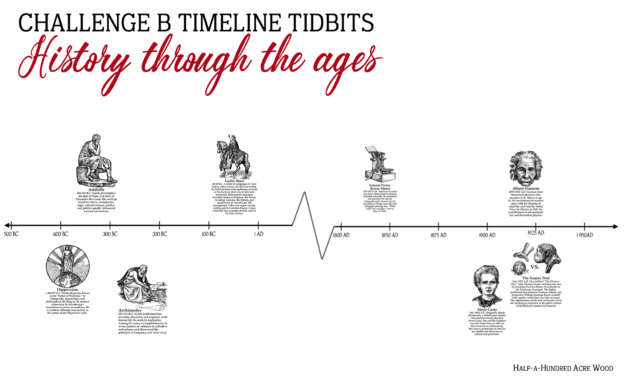

The aim of this article is to follow the concept of depression through the ages, from ancient times to the present day to see how it was built. Notice of Online Archive: This page is no longer being updated and remains online for informational and historical purposes only. Bourin M (2020) History of depression through the ages. Time and Frequency Division (for additional information on time services and standards) National Institute of Standards and Technology (NIST) history of medicine, the development of the prevention and treatment of disease from prehistoric and ancient times to the 21st century. It was reprinted several times, with small revisions principally by Collier N. This brief essay on the history of timekeeping was conceived and written by Kent Higgins and illustrated by Darwin Miner, of the Program Information Office of the National Bureau of Standards (now NIST) in about 1975, and printed in booklet form for distribution to visitors to the Boulder Laboratories. Miner, "A Walk Through Time," Department of Commerce Publication Graphical layout designed and created by Johnathan Coursey and Michael Douma.Īdapted to HTML by G. Sullivan, chief of the Time and Frequency Division.

Explore thousands of years of history and discover how the changes that the country. Smith, with much valuable input and advice from Donald B. Take a chronological journey through the key periods in Englands past. The date for the earliest Egyptian calandar was modified and a reference was added. BAE209 Art through the Ages: A Global History aims to provide a foundation in the knowledge and skills of art history from a global perspective. Citation Form: Author/editor (Year), Title (edition).

One of Paul Johnson’s most popular volumes. National Institute of Standards and Technology, Gaithersburg, MD. On the late Paul Johnson, historys Grand Inquisitor. Sullivan (2004), A Walk Through Time (version 1.2.1).
#History through the ages how to#
Example of how to reference this online database: K. However, it would be appreciated if users acknowledged this web site as a source of information.

This timeline starts at around 5200 B.C., when the first waves of stoneage farmers came to these shores, and tracks the main milestones and transitions in Malta’s eventful history, right down to the present.Copyright: Readers should note that, because this is a publication of the National Institute of Standards and Technology, the text and images in this short treatise are not subject to copyright, and may be reproduced and used without consideration for copyright regulations. Successive waves of conquerers took possession of these small but strategically important territories over the centuries, only to pass them on to the next set of ‘owners’. Going back thousands of years, beyond recorded history, one finds the arrival of early civilizations who came to these islands and settled here in prehistoric times. The history of the Maltese Islands reads like ‘who’s who’ of military and economic powers holding sway over the Mediterranean through the ages.


 0 kommentar(er)
0 kommentar(er)
